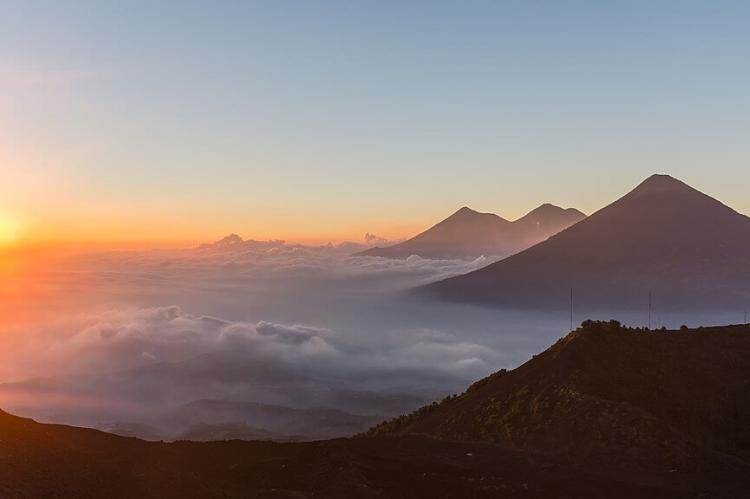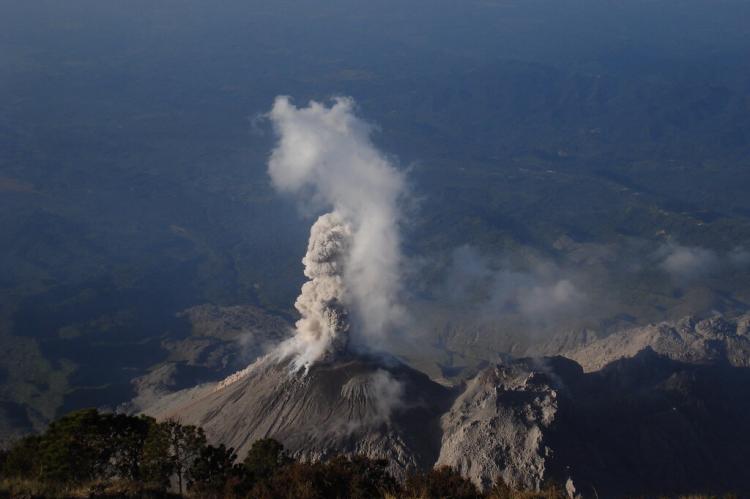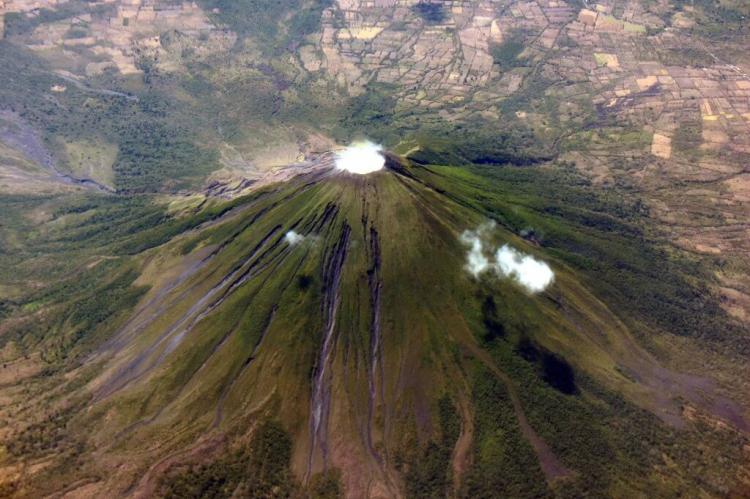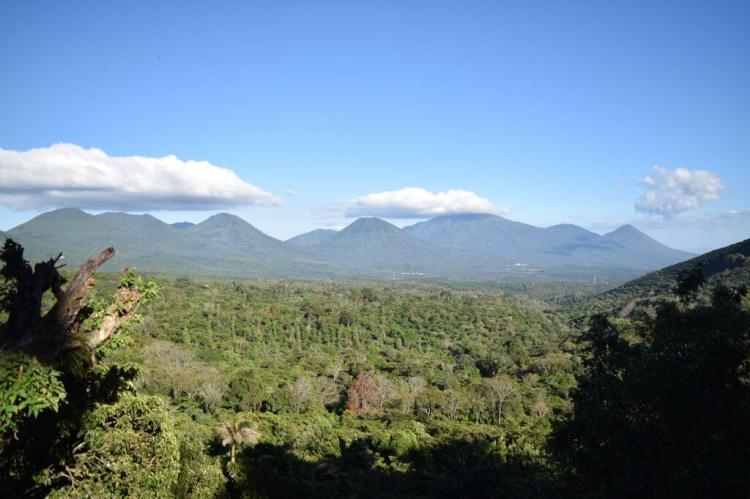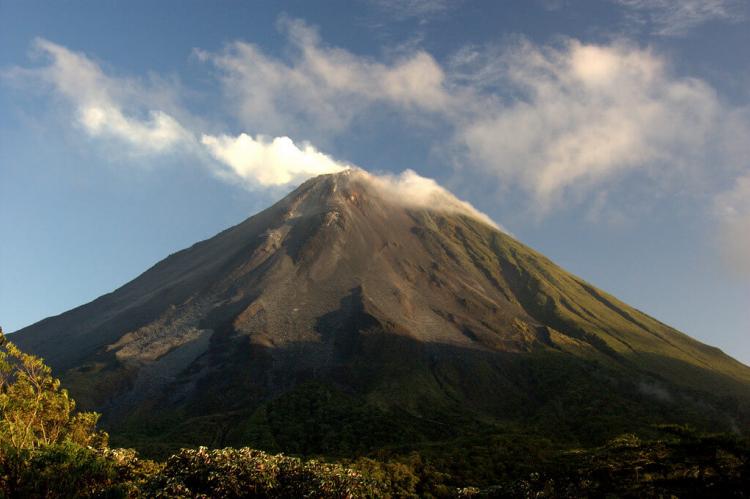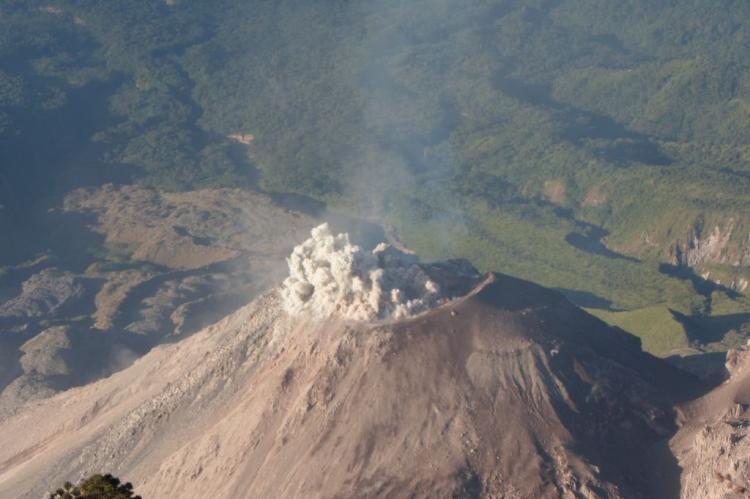The Central America Volcanic Arc: A Geological Marvel
The Central America Volcanic Arc is a chain of volcanic formations spanning from Guatemala to northern Panama. These volcanic formations range from major stratovolcanoes to lava domes and cinder cones. The volcanic arc unfolds parallel to the Pacific coastline of the Central American Isthmus.
The Central America Volcanic Arc
A Geological Marvel
The Central America Volcanic Arc (CAVA), also known as the Central Volcanic Range, is a mesmerizing chain of volcanic formations spanning from Guatemala to northern Panama. These volcanic formations range from major stratovolcanoes to lava domes and cinder cones. The volcanic arc unfolds parallel to the Pacific coastline of the Central American Isthmus, offering insight into the dynamic forces shaping the region.
Formation and Diversity
Stretching over 1,500 kilometers (930 miles), the Central America Volcanic Arc is a mountain belt formed over an active subduction zone along the western boundary of the Caribbean Plate. The intricate dance of plate tectonics manifests as the Cocos Plate actively subducts beneath the Caribbean Plate, pushing westward at a rate of approximately 22 millimeters (.86 inches) per year.
This volcanic arc boasts hundreds of formations, ranging from majestic stratovolcanoes to intricate lava domes and cinder cones. The diversity in volcanic structures adds to the allure of this geological masterpiece.
Volcanic Arcs: Oceanic and Continental Dynamics
Understanding the Central America Volcanic Arc involves distinguishing between oceanic and continental arcs. While oceanic arcs lead to the formation of volcanic island arcs, continental arcs give rise to arc-shaped mountain belts. The Central America Volcanic Arc falls into the latter category, creating a stunning mountainous landscape.
Dynamic Subduction and Plate Tectonics
The heart of the Central America Volcanic Arc lies in the active subduction zone, where the Cocos Plate descends beneath the Caribbean Plate. This relentless subduction process forms volcanoes in Guatemala, El Salvador, Nicaragua, and Costa Rica and extends into northern Panama.
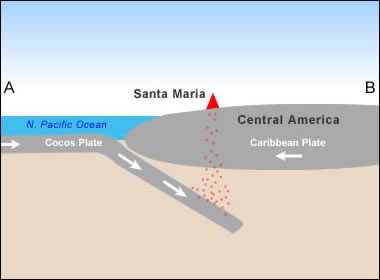
A simplified plate tectonics cross-section shows how Santa Maria Volcano is located above a subduction zone where the Cocos and Caribbean plates collide.
Volcanic Activity and Impact
Over the past three centuries, the Central America Volcanic Arc has witnessed more than 200 eruptions. Some volcanoes along the arc exhibit near-permanent activity, releasing gases, emitting ash clouds, and occasionally unleashing lava flows. Periodically, more powerful and destructive eruptions interrupt the relatively gentle volcanic activity.
Strategically, the large and densely populated capitals of Guatemala, El Salvador, Nicaragua, and Costa Rica are located in proximity to these volcanoes. This geographical proximity underscores the intricate relationship between human settlements and the dynamic volcanic landscape.
Active Volcanoes in the Present Epoch
The Central America Volcanic Arc hosts over 70 volcanoes that have been active during the Holocene, the present epoch. Notably, several of these volcanoes remain actively engaged in geological processes. Currently active volcanoes include:
-
Costa Rica: Arenal, Turrialba, Irazú, Poás, Rincon de la Vieja
-
Nicargua: Cerro Negro, San Cristóbal, Concepción
-
El Salvador: Chaparrastique or San Miguel, Ilamatepec or Santa Ana, Izalco
-
Guatemala: Santa Maria/Santiaguito, Pacaya, Fuego
Current Hotspots: Among the most active volcanoes in Central America are Santa María, with its flank cone Santiaguito, Pacaya, and Fuego in Guatemala, along with Arenal in northwestern Costa Rica. These volcanic hotspots stand as living reminders of the Earth's ever-evolving nature, beckoning scientists and enthusiasts alike to explore the mysteries of our planet's geological dynamics.
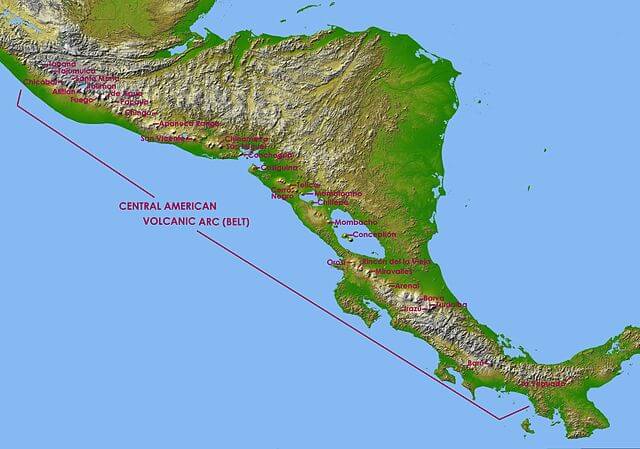
Map depicting the Central America Volcanic Arc.
